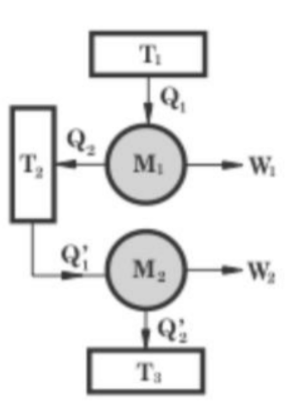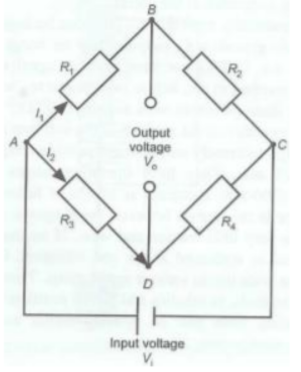FSG type quiz
{"name":"FSG type quiz", "url":"https://www.quiz-maker.com/QPREVIEW","txt":"Test your knowledge and skills in the fascinating world of Formula Student Engineering (FSG) with our comprehensive quiz! This quiz covers a range of topics from physics to engineering design principles.Engage with questions on:Acceleration EventsEnergy CalculationsElectrical FundamentalsMechanical SystemsCapacitance and Circuit Analysis","img":"https:/images/course8.png"}
More Quizzes
FSG#107
1268
GEAS
1015029
Which DNA Nucleotide are you?
10523
Quiz "TAGLINE"
10533
Ultimate Long Distance Relationship: Test Your Love
201020051
Moon Phase - Name Each Lunar Phase (Free)
201016570
Classification of Living Organisms - Modern System
201019585
Seasons Trivia - Spring, Summer, Fall & Winter
201018120
Operant Conditioning - With Classical Conditioning
201018574
Which Clarence Character Are You? - Free Personality
201016627
Alexander the Great Achievements - Free Practice
201017833
Am I Handsome? Free with Instant Results
201017426



